Cairo can be overwhelming at first glance—dense traffic, honking horns, and layers of ancient history tucked between modern apartment blocks. But once we settled in, we discovered a city full of surprises, colour, and unforgettable experiences—especially for families. Here’s how we recommend spending three days in Cairo with kids, balancing world-famous sites with room to explore and unwind.
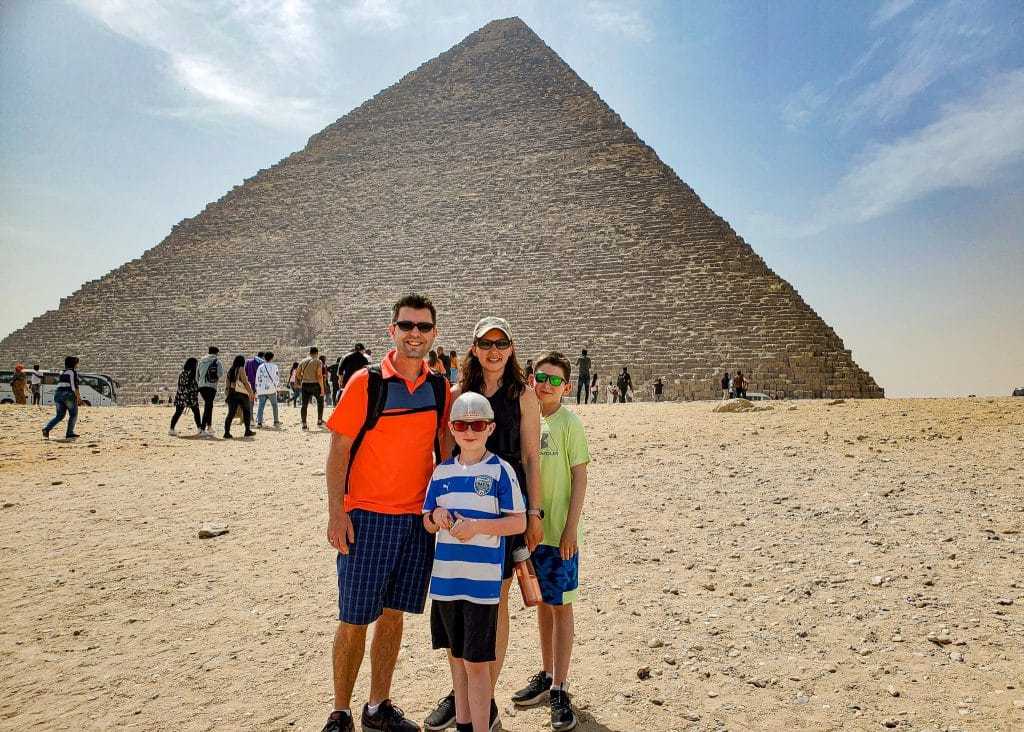
Day 1: Exploring Egypt’s Earliest Pyramids
Many visitors skip Saqqara and Dashur, but this was the day that changed our entire understanding of Egypt’s pyramids. Start with a deep dive into ancient Egyptian history by visiting the earlier pyramid sites south of Cairo. These quieter locations are ideal for building context before seeing the Great Pyramids.

Saqqara
At Saqqara, we visited the Step Pyramid of Djoser—the oldest stone pyramid in Egypt. The layered structure, built over 4,700 years ago, felt like the first sketch of a grand idea that would eventually become Giza.
We explored the smaller Pyramid of Teti and wandered through nearby the tombs of Mereruka and Ptahhotep II, etched with intricate carvings—scenes of hunting, dancing, and daily life that gave our kids a glimpse of ancient Egypt beyond kings and monuments.
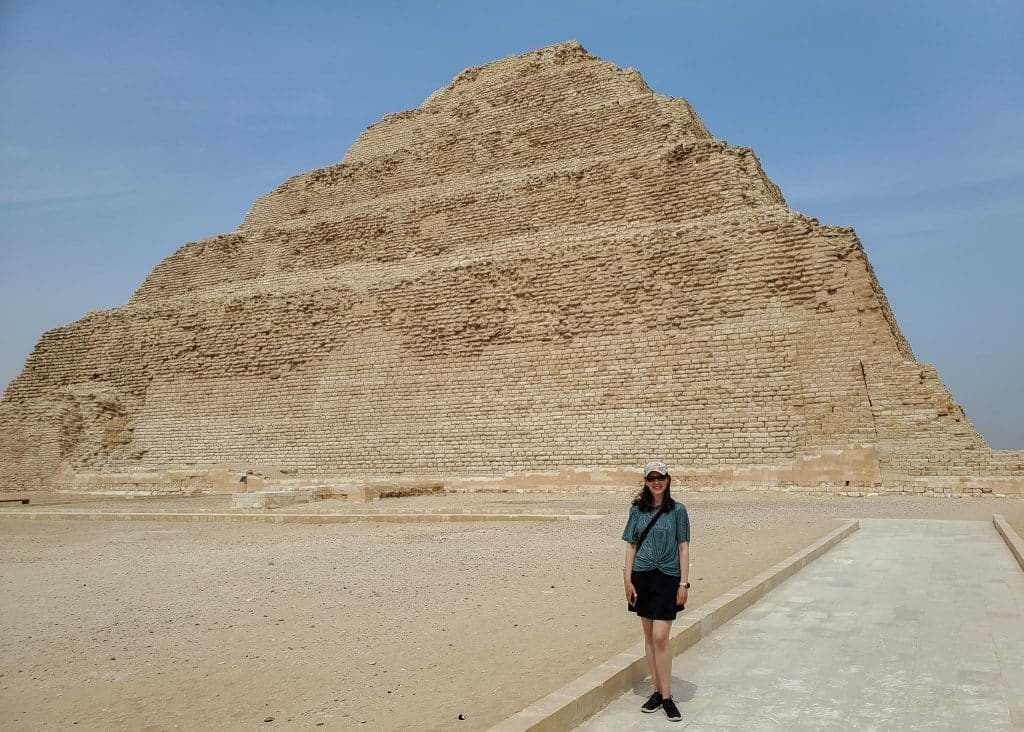
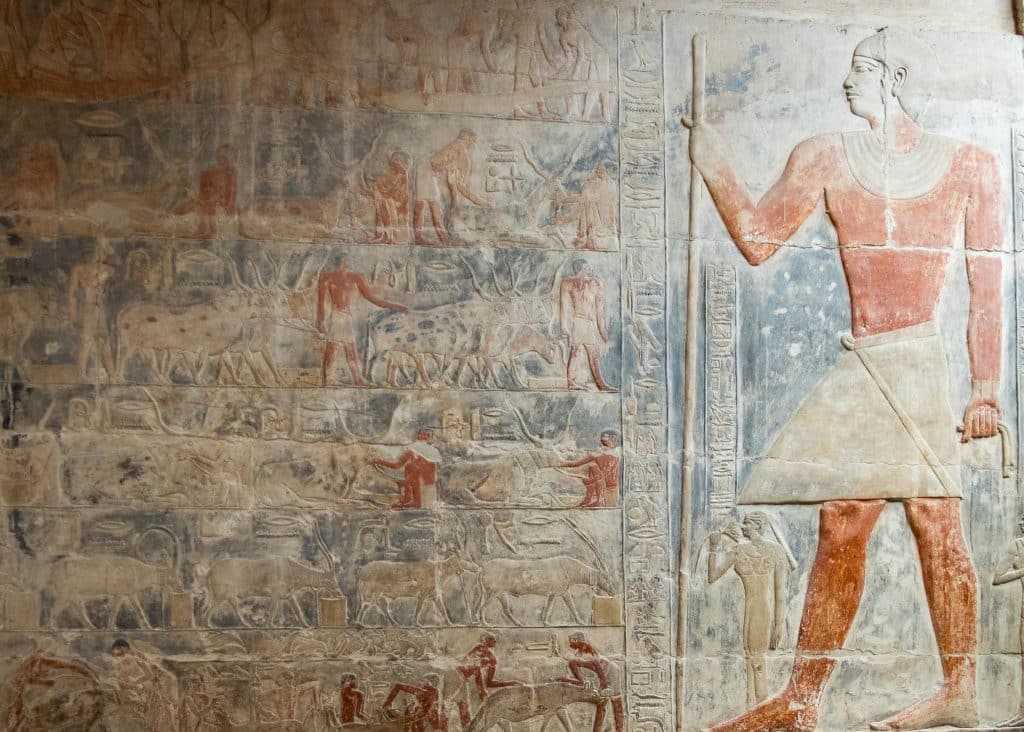
Dashur
A short drive away, Dashur offered solitude and two more striking pyramids on the road to greatness: The Bent Pyramid and the Red Pyramid.
We stood in awe of the Bent Pyramid, with its odd angle revealing an early miscalculation in pyramid design. Then climbed in the Red Pyramid—Egypt’s first successful “true” pyramid and the precursor to Giza.
Curious about the evolution of the ancient pyramids? Learn more: Discovering Egypt’s Pyramids with Kids.
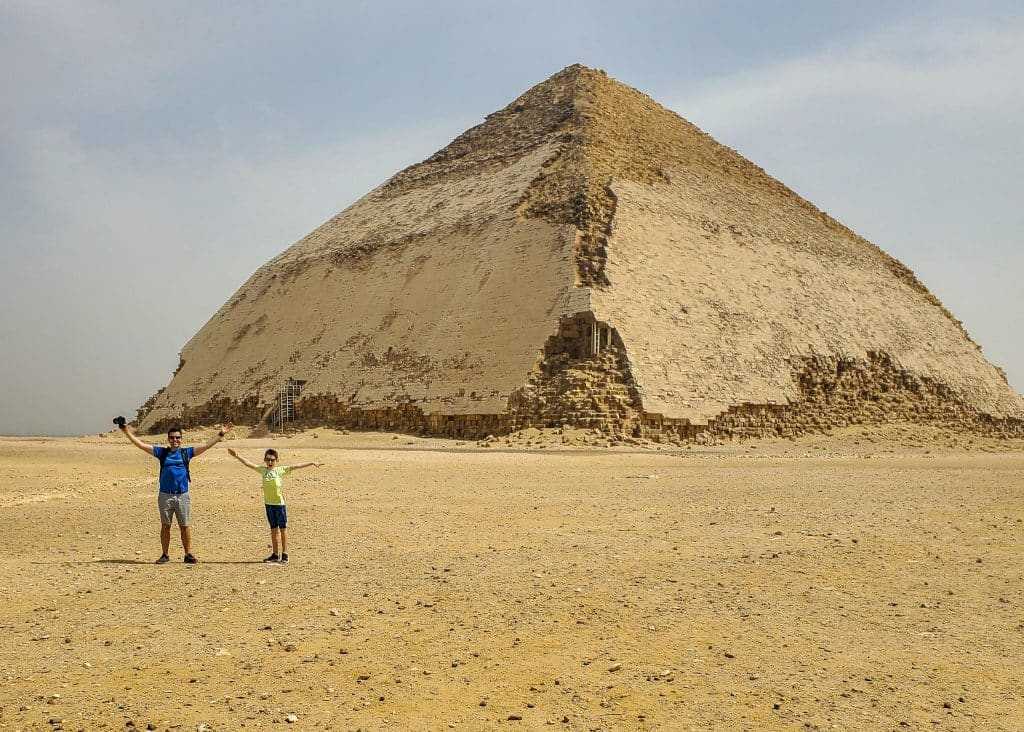
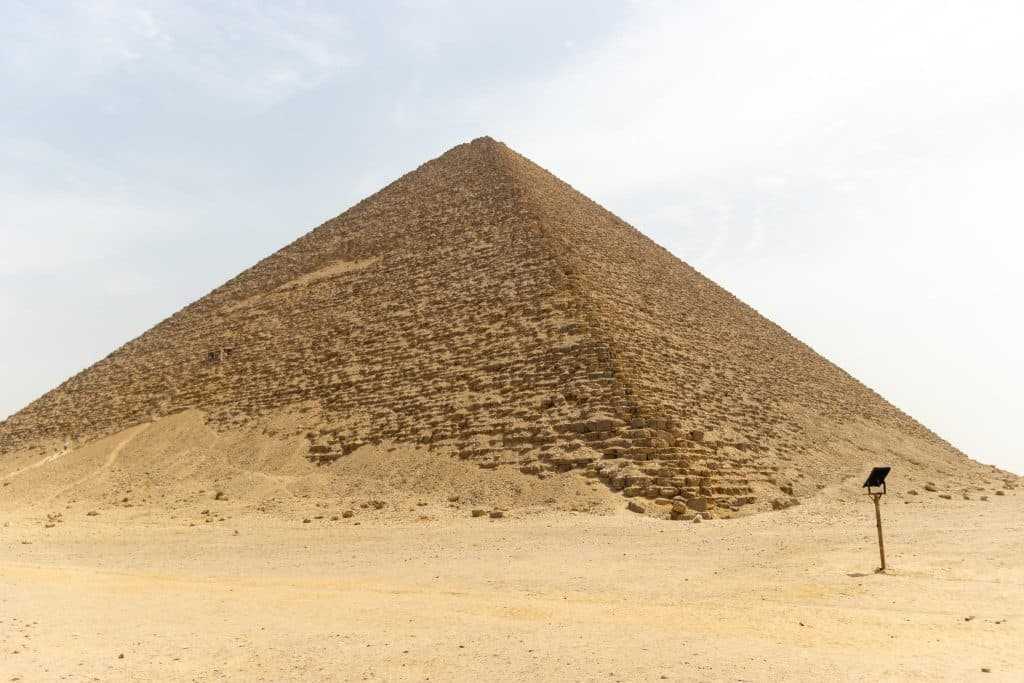
Memphis
Our final stop was Memphis, the ancient capital of Egypt and once a powerful center of culture and religion. Today, its open-air museum features a handful of statues and artifacts, including an impressive limestone colossus of Ramses II. While the site is relatively small and lacks the grandeur of Saqqara or Giza, it can still be meaningful, especially with a knowledgeable guide to bring the history to life. On a hot afternoon after a long day of exploring, we found it harder to fully appreciate. But for those with a strong interest in Egyptology or families wanting to see more, it could be a worthwhile addition.
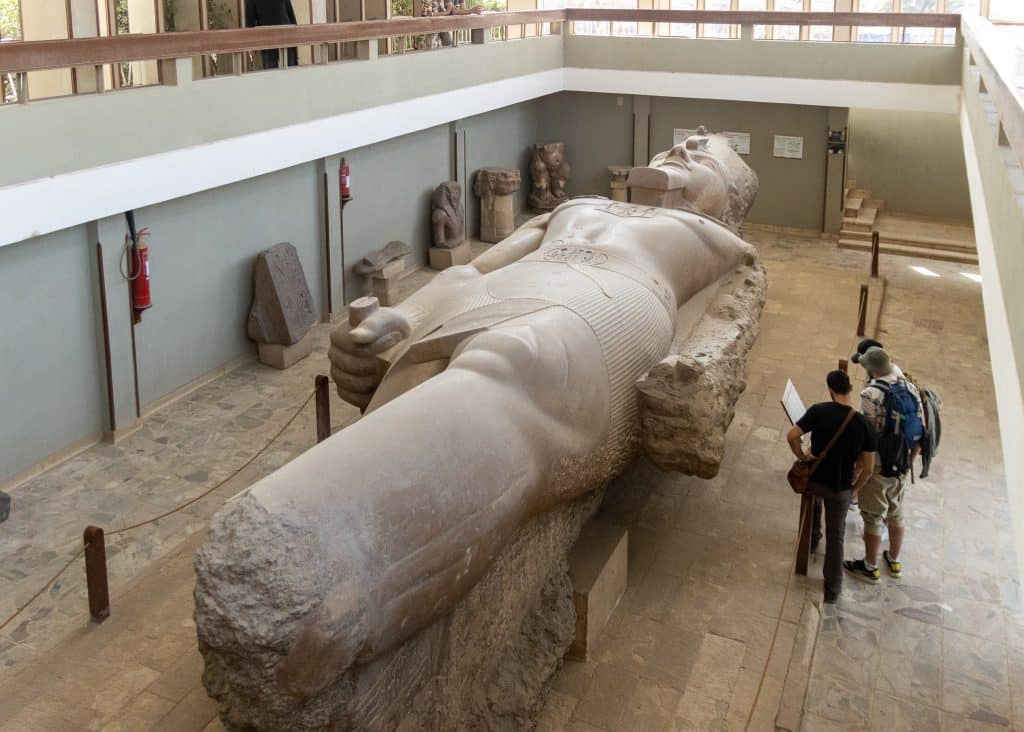
Day 2: A Great Day in Giza
The Giza Plateau
No trip to Cairo is complete without visiting the Great Pyramids. And while they’re on just about every postcard, nothing compares to standing beside them in real life. It is a surreal experience.

Tip: If you’re considering going inside one of the pyramids, we recommend choosing Khafre. It’s less expensive, usually less crowded than the Great Pyramid, and has a shorter descent, through the low tunnels and tight spaces.
We made the steep, narrow trek into its depths, crouching through stone corridors into the burial chamber. There, the ceiling opened, and we could stand tall again, exploring the simple but striking tomb.

After exploring the pyramids, we walked beside the Sphinx, which guards the plateau with its weathered face and lion’s body. Though smaller than many imagine, it’s no less captivating up close. Nearby, the ruins of ancient temples and causeways offer a glimpse into burial practices and mummification rituals that once accompanied pyramid construction.
For Practical tips on visiting the pyramids, check out: Discovering Egypt’s Pyramids with Kids.

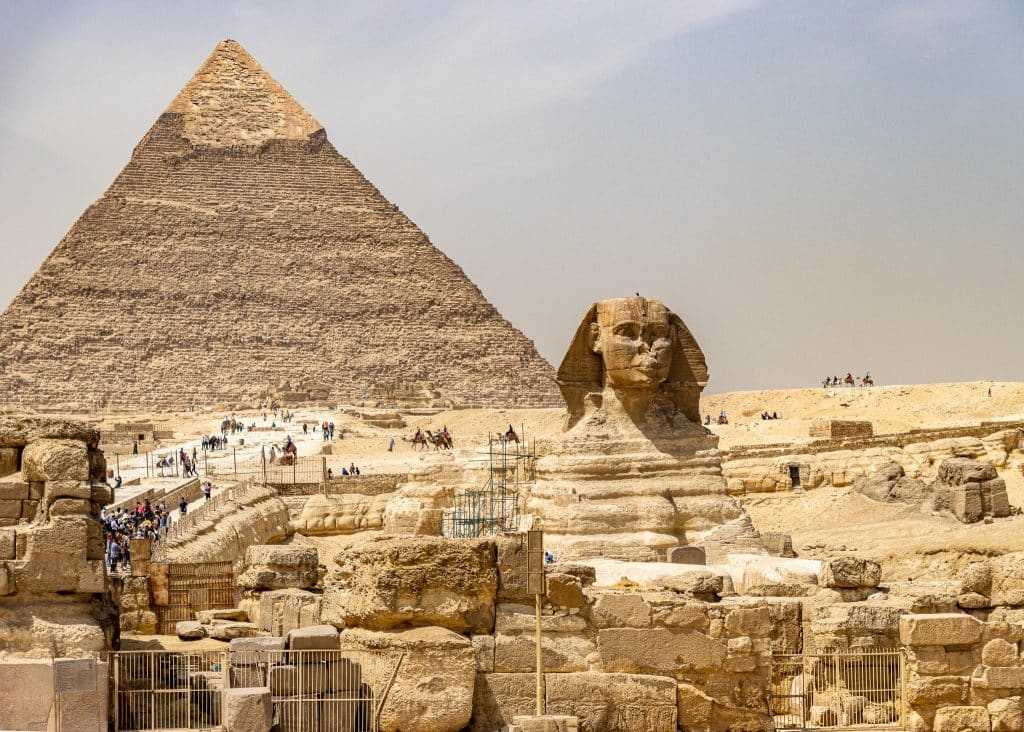
From City Streets to River Peace
Return to the city by late afternoon to cool off and relax. If you are staying near Maadi, stop at Beano’s Café for a refreshing lemon mint slushy.
In the evening, head to the Nile for a felucca boat ride. —a peaceful escape from Cairo’s constant buzz. Bring some snacks, sit back, and enjoy the breeze. We were hoping for a picture-perfect sunset, but the hazy city smog had other plans.
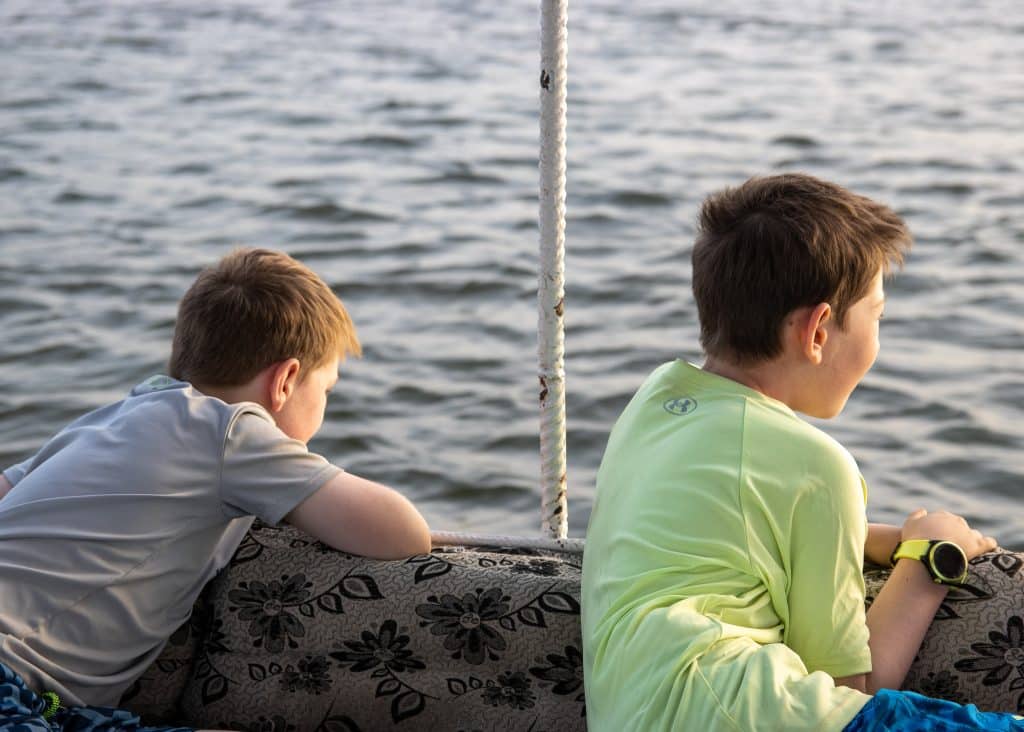
Tip: If you’re planning to visit other parts of Egypt, you might want to save your felucca experience for later. Aswan, in particular, offers more scenic and serene surroundings than Cairo.
Day 3: Pharaohs & City Streets
After two days of desert and monuments, we turned inward to explore the rhythm of the city. We started with the Museum of Egyptian Civilization, which presents Egypt’s history in chronological order and is home to the famed Royal Mummy Hall—a cool, dim space where twelve ancient pharaohs rest in astonishing preservation.

We took our time, wandering slowly through the underground exhibit. The boys were instantly captivated. Each glass case held a once-living pharaoh or queen, preserved in eerie yet awe-inspiring detail. Seeing the mummies up close brought everything we’d learned the day before to life. Our guide had explained the lengthy mummification process—the removal of organs, the cleansing with oils, the meticulous wrapping—and now here it all was, laid out before us.
The kids moved from case to case with wide eyes, amazed at how well preserved the bodies were. Some still had skin, hair, clearly defined facial features, and the shape of each finger and toe was visible beneath the layers of cloth. The care and craftsmanship of it were stunning, and suddenly, ancient Egypt didn’t feel so ancient.
Note: No photography allowed in the mummy exhibit.
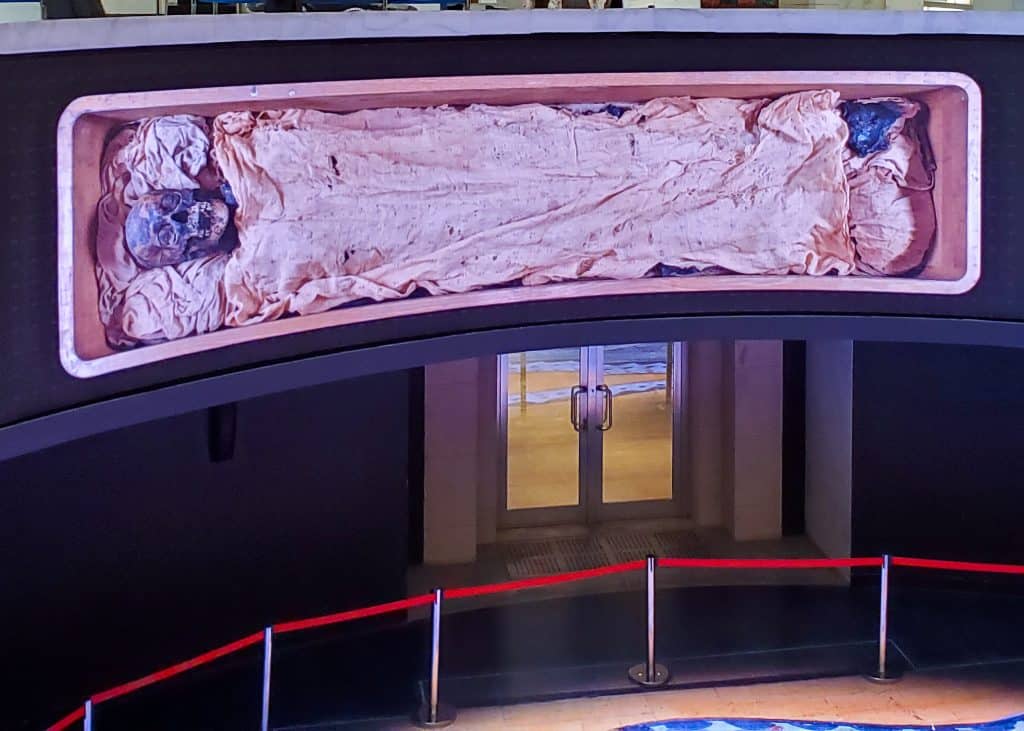
After the mummy exhibit, we headed upstairs to explore the rest of the museum. Artifacts were arranged in a chronological journey through time, starting from the Stone Age—roughly 55,000 to 31,000 B.C, right up to the modern era. It was an impressive and thoughtful layout that helped the kids grasp Egyptian history.
Jackson, ever the curious reader, dove in headfirst. He read nearly every informational panel, calling us over to share interesting facts and connections between time periods. Watching him engage so deeply with history was one of those parenting moments where you just quietly smile and let it soak in.
In our opinion, the Museum of Egyptian Civilization is a must-see. Expect to spend 2 to 3hrs exploring.
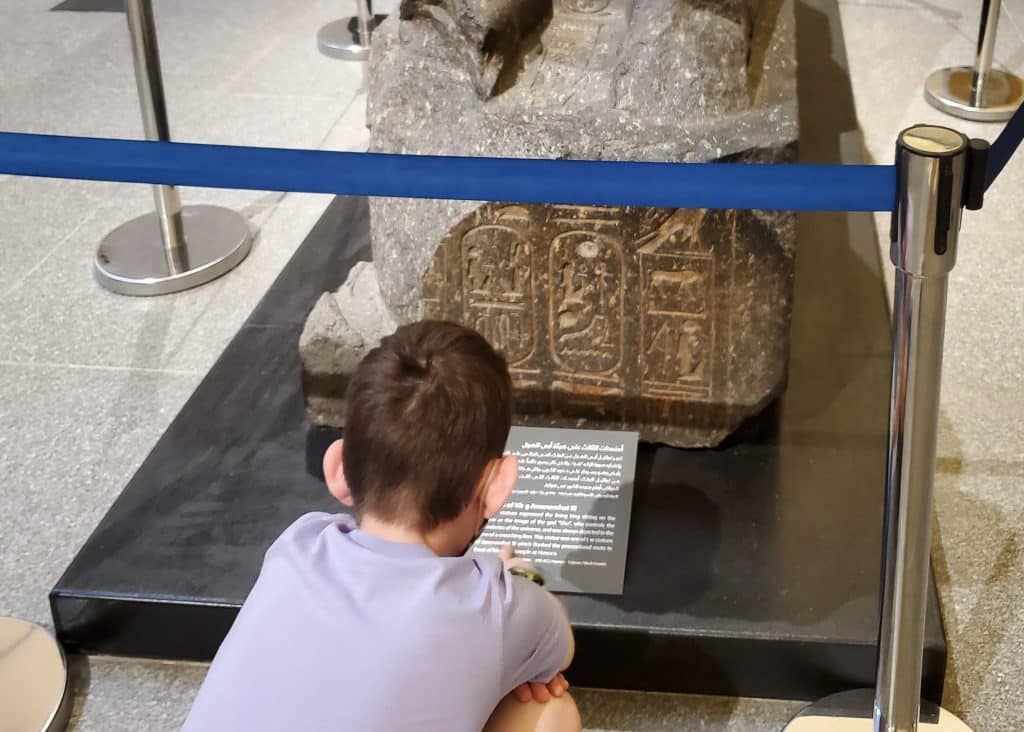
Coptic Cairo
From there, grab lunch at a rooftop café with views of Old Cairo, before heading to Coptic Cairo, a historic neighbourhood with ancient churches and religious landmarks.
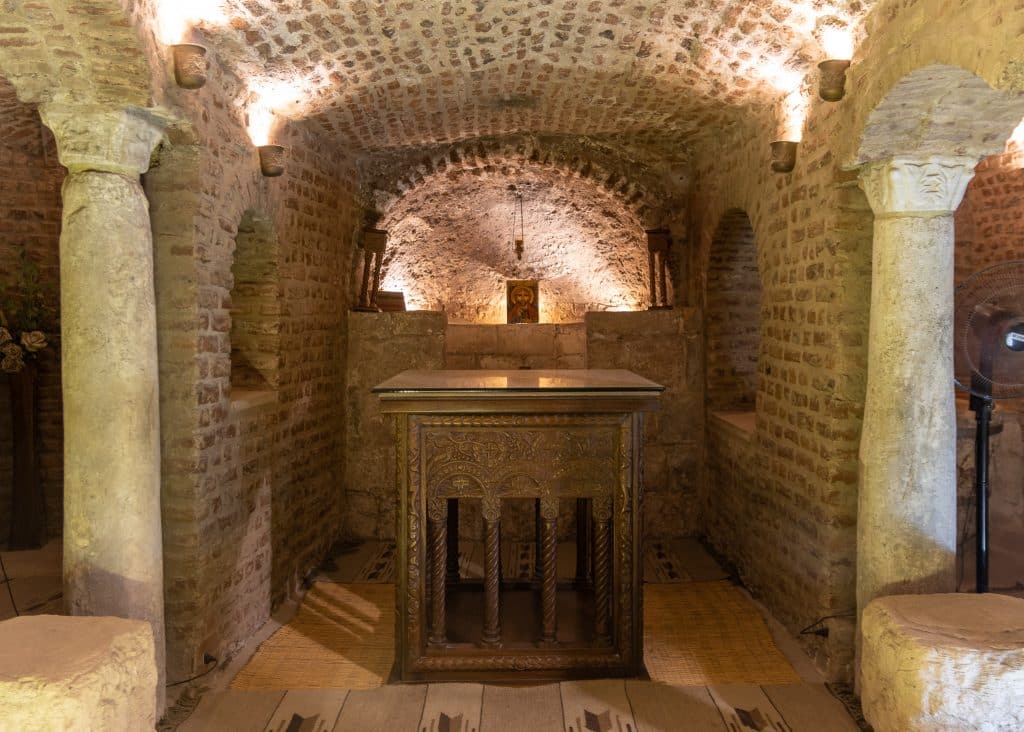
Key sites include:
• The Hanging Church, suspended over a Roman gate.
• Abu Serga Church (also known as the Church of Saints Sergius and Bacchus) is built over a cave, and the Holy Family is believed to have walked on the stones that are beneath the church.
Citadel of Saladin
Following that, we visited the Citadel of Saladin, home to the Mosque of Muhammad Ali, one of Cairo’s most beautiful landmarks. There are options to go inside and climb the towers for sweeping views of the city and the Nile. Even if you don’t go inside, the views from the courtyard are impressive. Tip: Dress modestly (shoulders and knees covered).
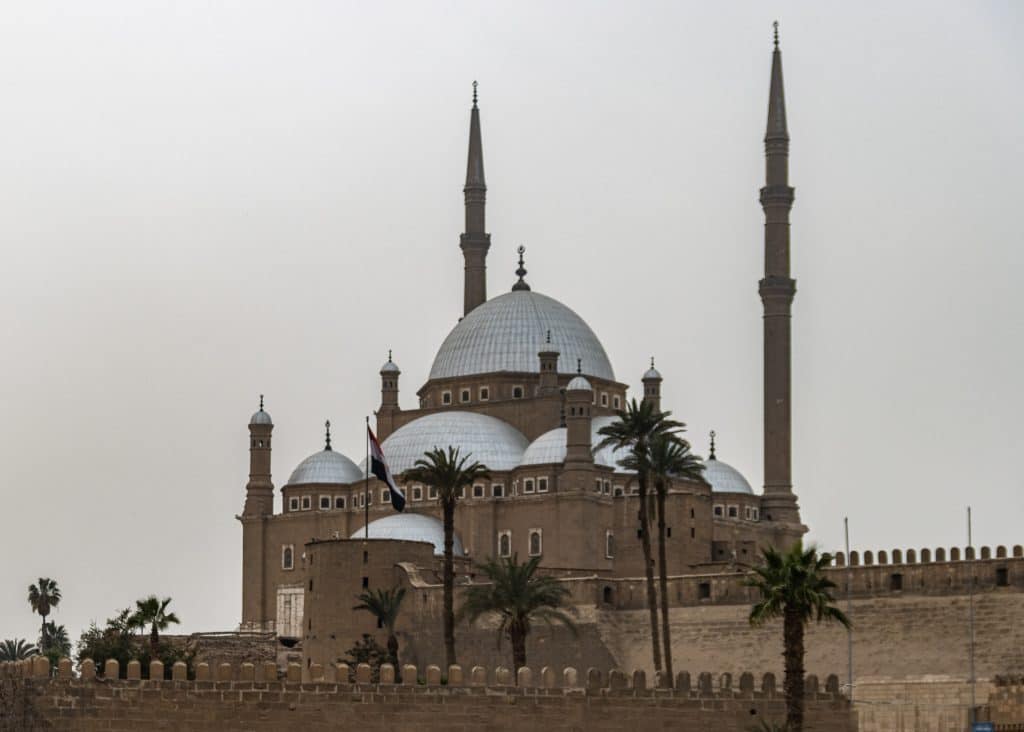
If you have energy and time:
• Walk through Khan El Khalili Bazaar for souvenirs and atmosphere.
• Head to Al-Azhar Park, one of Cairo’s greenest corners, with beautiful views.
• Visit the Gayer-Anderson Museum, a well-preserved historic house with Islamic architecture.
Tips for Visiting Cairo with Kids
Here are some practical lessons we learned from our time in Cairo:
Start early to avoid the afternoon heat.
Sun protection: Bring plenty of water, snacks, and sunscreen.
Take breaks in the afternoon to avoid the intense heat -opt for a cold drink in a café or a hotel with a pool or rooftop lounge—having a quiet place to recharge makes a big difference.
Prepare for chaotic traffic: Build in extra time between sites. Do not drive in Cairo. Instead, use a local guide/driver or Uber when possible.
Choose one or two activities per day and leave room for downtime. Cairo can be sensory overload for kids (and adults!).
Encourage kids to ask questions and take their time. Egypt’s history is rich with fascinating stories, and some museums feature interactive or visual displays that help bring the past to life for younger visitors.
Carry cash with you, for tips and entrance fees. Saqqara and Dashur only accepted cash. Be sure to take money out ahead of time. While bank machines are widely available in Cairo, they can be unreliable. Often, machines run out of cash, or credit cards are rejected. It is common to try several machines—sometimes half a dozen or more—before finding one that works.
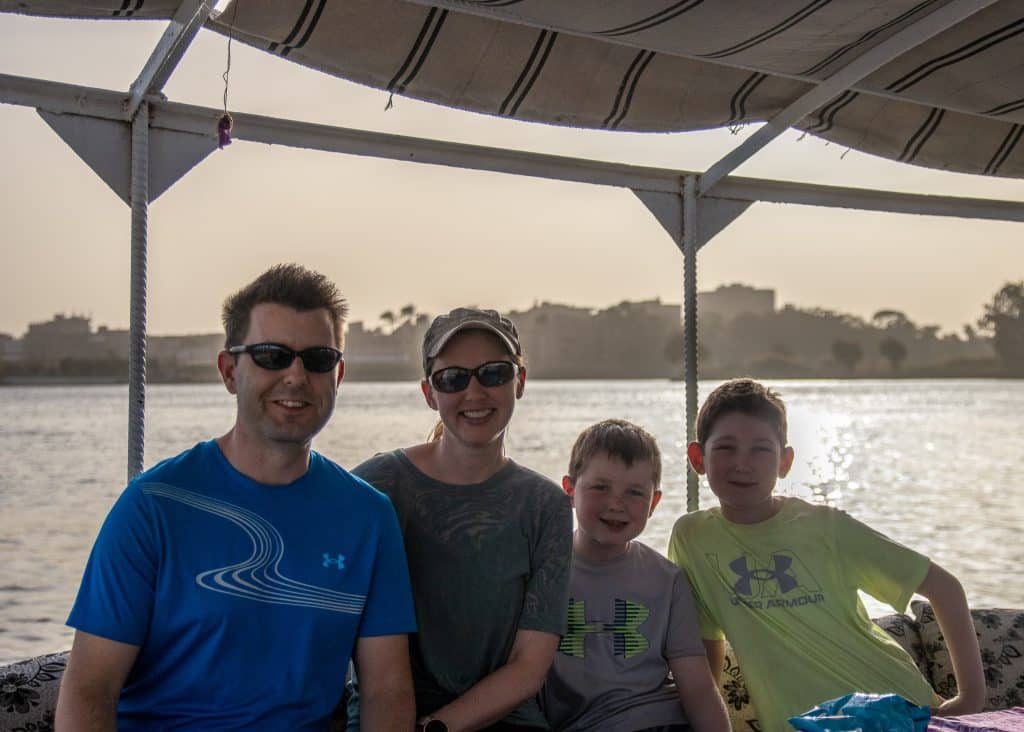
Cairo is many things—ancient and modern, overwhelming and unforgettable. Its layers of history and culture make it a truly remarkable destination. For families, it offers the chance to walk through thousands of years of history, climb into pyramids, and come face-to-face with legendary pharaohs. With a little planning, three days is just enough to leave everyone in awe.
Ready to Explore Egypt?
Check out these related posts to help plan your trip:
• Discovering Egypt’s Pyramids with Kids
• Karnak Temple in Luxor: Tips for visiting with Kids
• Exploring Egypt’s White Desert and Whale Valley
• Exploring Kom Ombo, Edfu & Khnum Temples: A Family Guide
• Visiting Aswan’s Philae Temple with Kids

